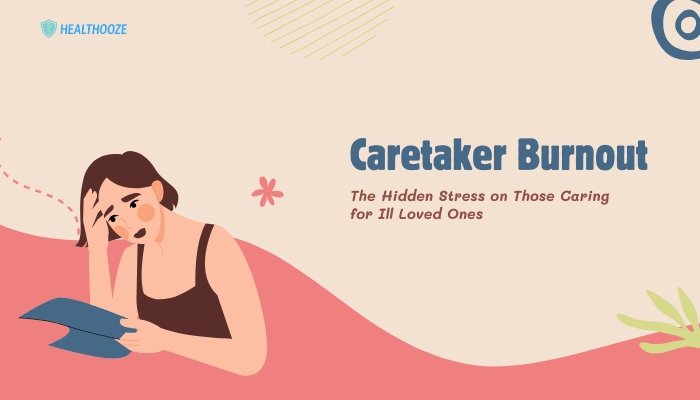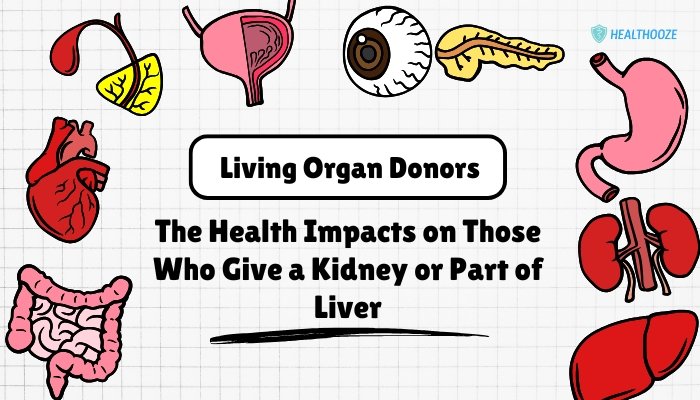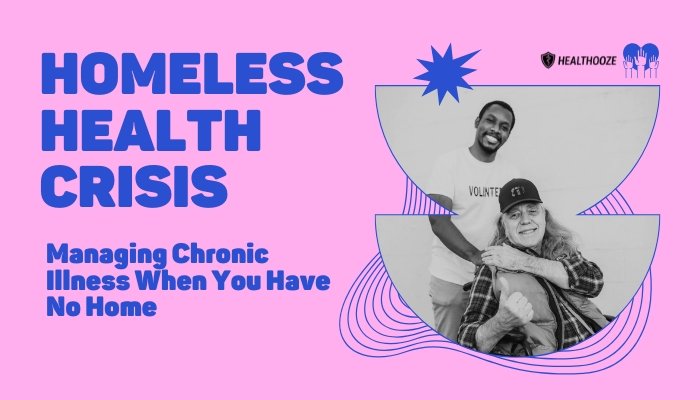Introduction
In the aftermath of the 1990–1991 Gulf War, many returning military personnel began reporting a cluster of unexplained illnesses. These conditions, collectively referred to as Gulf War Syndrome (GWS) or Gulf War Illness (GWI), involve a range of chronic symptoms—from persistent fatigue and body pain to neurological and cognitive challenges.
Despite decades passing since the war’s end, thousands of veterans continue to experience debilitating effects that significantly impact daily life.
Although researchers have uncovered various correlations—such as exposure to toxins and medications used during deployment—Gulf War Syndrome remains incompletely understood, creating difficulties for both diagnosis and treatment. This article delves into GWS’s presentation, potential causes, and the evolving research attempting to untangle why so many veterans still suffer.
By acknowledging Gulf War Syndrome and expanding support systems, health professionals and policymakers can better address these persistent problems faced by service members.
Understanding Gulf War Syndrome
Gulf War Syndrome is not a single, uniform disease, but rather a broad spectrum of chronic symptoms that affect multiple body systems. No one biomarker definitively confirms GWS. Instead, clinicians look for a pattern of persistent health issues that emerged after service in the Gulf region. Over the years, official committees and research groups have worked to refine diagnostic criteria, yet skepticism about GWS’s legitimacy persisted in early decades, often leading veterans to feel dismissed or misunderstood.
Timeline and Recognition
- Early 1990s: Veterans begin reporting unexplained fatigue, rashes, and gastrointestinal complaints soon after returning home.
- Mid-1990s: Government investigations result in acknowledging “undiagnosed illnesses.”
- Late 1990s–Early 2000s: Terms like “Gulf War Illness” gain acceptance among health experts, prompting more focused research.
- Ongoing: Veterans advocate for broader recognition of environmental and chemical exposures during the conflict, seeking improved treatment options.
Key Symptoms and Presentations
While every veteran’s experience varies, several clusters of overlapping symptoms commonly appear in GWS:
Chronic Fatigue and Musculoskeletal Pain
- Debilitating Exhaustion: Struggles to maintain normal activity levels, intense lethargy unrelieved by rest.
- Widespread Pain: Muscle soreness, joint aches, chronic headaches—similar to fibromyalgia-like syndromes.
Neurological and Cognitive Issues
- Brain Fog: Difficulties with memory, concentration, processing speed.
- Mood Disturbances: Depression, anxiety, irritability. Some also exhibit post-traumatic stress disorder (PTSD) symptoms.
- Neuropathic Complaints: Tingling or numbness in limbs, unaccounted for by other conditions.
Respiratory, Gastrointestinal, and Skin Complaints
- Respiratory Symptoms: Chronic cough, sinus problems, or shortness of breath reminiscent of asthma or chronic bronchitis.
- Gastrointestinal Distress: Abdominal pain, bloating, irregular bowel habits resembling IBS.
- Dermatological Changes: Persistent rashes, skin lesions, sensitivity to chemicals or temperature.
Overlapping Syndromes
- Similarities with ME/CFS (myalgic encephalomyelitis/chronic fatigue syndrome) and Fibromyalgia highlight potential immunological or autonomic dysregulation.
- Comorbidities: Veterans with GWS may also show high rates of migraines, hypertension, or metabolic disorders.
Potential Causes and Contributing Factors
No single cause of Gulf War Syndrome has been definitively proven. Instead, researchers suspect a multifactorial origin involving environmental, chemical, and psychological stressors endured during deployment.
Chemical Exposures
- Pyridostigmine Bromide (PB)
- A nerve agent pre-treatment given to soldiers to protect against potential chemical warfare.
- Some studies hint at PB’s lingering neurological effects on the cholinergic system.
- Pesticides and Insect Repellents
- Permethrin, DEET, and other substances used heavily in desert environments.
- Chronic low-level exposures might damage nervous system function.
- Sarin or Other Nerve Agents
- Possible exposure from demolishing chemical weapons stockpiles or attacking storage sites.
- Even subclinical sarin levels could produce long-term neurological outcomes.
- Oil Well Fires
- Inhalation of soot and toxic particulates from burning Kuwaiti oil wells may have inflicted respiratory damage or systemic inflammation.
Vaccines and Medications
Rapid, large-scale immunizations (including anthrax vaccines) in short intervals have been implicated by some veterans. The U.S. Institute of Medicine acknowledges the complexity but lacks conclusive evidence. Nonetheless, the synergy of multiple vaccines and prophylactic drugs could stress the immune system, particularly under wartime conditions.
Stress, Trauma, and Other Factors
- Extreme Climate and Physical Demands: Heat exhaustion, dehydration, and nutritional gaps might lower resilience.
- Psychological Stress: Prolonged vigilance, fear of chemical attacks, and combat exposure could amplify bodily stress responses, aggravating post-war health.
- Genetic Susceptibilities: Certain individuals may carry genetic variants that impair detoxification or intensify inflammatory responses, making them more vulnerable.
Ongoing Research and Emerging Insights
Despite decades of investigation, many questions remain. However, recent studies leverage advanced imaging, genetic screens, and immunological tests to clarify the pathophysiology of Gulf War Syndrome.
Immune and Inflammatory Biomarkers
- Cytokine Profiling: Some GWS patients show abnormal cytokine levels, suggesting a chronic pro-inflammatory state.
- Autoantibodies: Emerging evidence of autoimmune-like mechanisms, though more data is needed.
Neurological Mechanisms
- Neuroinflammation: Brain scans show subtle changes in brain regions tied to cognition and pain perception.
- Autonomic Dysfunction: Some veterans exhibit signs of dysregulated heart rate, blood pressure, and temperature control, linking to conditions like POTS (postural orthostatic tachycardia syndrome).
Therapeutic Trials
- Drug Repurposing: Agents that reduce neuroinflammation or enhance mitochondrial function may improve fatigue, cognition, or pain.
- Lifestyle Interventions: Exercise regimens, dietary changes, and stress management techniques are tested to mitigate symptom severity.
Institutions like the U.S. Department of Veterans Affairs (VA) and independent researchers globally remain committed to unraveling GWS’s intricacies, refining diagnostic criteria, and discovering targeted therapies.
Living with Gulf War Syndrome: Practical Management
Because no single cure exists, care focuses on symptom relief and functional improvement. Veterans require access to multidisciplinary teams that address pain, mental health, and overall wellness.
Medical and Pharmacological Approaches
- Analgesics and Anti-Inflammatories: NSAIDs, certain antidepressants for neuropathic pain, or low-dose naltrexone for immune modulation.
- Cognitive Behavioral Therapy (CBT): Helps manage chronic pain, stress, or mood disorders stemming from GWS.
- Sleep Aids: To address insomnia or unrefreshing rest that perpetuates fatigue.
Lifestyle and Holistic Measures
- Structured Exercise: Gentle, graded exercise (e.g., walking, aquatic therapy) can maintain cardiovascular health, but caution is advised for those with severe fatigue or pain flares.
- Nutritional Support: Eliminating potential triggers (e.g., sugar, processed foods) while ensuring adequate vitamins, minerals, and protein can bolster energy and immunity.
- Stress Management: Techniques like meditation, yoga, or breathing exercises may soothe chronic stress responses.
Family, Community, and VA Support
- Family Education: Involving loved ones in understanding the unpredictable nature of GWS fosters compassion and assists with daily responsibilities.
- Veterans’ Organizations: Peer-to-peer support groups share coping strategies and advocate for better benefits or medical resources.
- VA and Healthcare Coordination: Veterans may access specialized clinics or integrated care plans. Clear communication among providers ensures cohesive treatment.
Addressing Misconceptions and Stigma
For years, some questioned whether Gulf War Syndrome was psychosomatic or exaggerated. Modern research clarifies that GWS is a legitimate set of disorders likely triggered by real toxic exposures, immune system shifts, and mental stressors. Nonetheless, veterans still face skepticism when seeking validation or assistance.
Common Myths vs. Reality
- “It’s Just PTSD”: While PTSD often coexists, GWS has distinct physical components (pain, neurological issues) that persist even with successful PTSD treatment.
- “Time Will Heal All Wounds”: Some veterans have seen symptom severity plateau but not resolve, highlighting the need for ongoing care rather than watchful waiting.
- “It Only Affects A Few People”: An estimated 25%–33% of Gulf War veterans report GWS-like symptoms, indicating it’s not rare within that cohort.
Conclusion
Decades after the Gulf War, many veterans still grapple with chronic ailments collectively termed Gulf War Syndrome. From persistent fatigue and pain to cognitive and neurological deficits, these survivors’ experiences underscore the enduring health costs of conflict. Investigations into potential causes—chemical exposures, vaccination regimens, severe stress, and genetic predispositions—reveal a complex interplay that continues to challenge researchers. Meanwhile, treatment revolves around symptom-focused care, from medication to lifestyle modifications, supported by specialized clinics and peer networks.
Greater recognition of Gulf War Syndrome’s reality is essential, ensuring that veterans receive the respect, healthcare access, and resources they’ve earned. Expanded research into immunological, neurological, and environmental mechanisms could yield new therapies and preventive measures, benefiting not only Gulf War veterans but also other groups facing similar post-deployment or toxic exposure conditions. By acknowledging past mistakes and investing in robust long-term studies, societies can better prepare for the hidden health consequences of modern warfare—and fulfill a moral obligation to those who served.
References
- Research Advisory Committee on Gulf War Veterans’ Illnesses. Gulf War Illness and the Health of Gulf War Veterans. U.S. Department of Veterans Affairs; 2008.
- Institute of Medicine (US) Committee on Gulf War and Health. Gulf War and Health: Volume 8: Update of Health Effects of Serving in the Gulf War. National Academies Press; 2010.
- White RF, Steele L, O’Callaghan JP, et al. Recent research on Gulf War Illness and other health problems in veterans of the 1991 Gulf War: Effects of toxicant exposures during deployment. Cortex. 2016;74:449–475.
- Steele L. Prevalence and patterns of Gulf War Illness in Kansas veterans: Associations of symptoms with characteristics of person, place, and time of military service. Am J Epidemiol. 2000;152(10):992–1002.
- Sullivan K, Krengel M, Proctor SP, et al. Cognitive functioning in treatment-seeking Gulf War veterans: pyridostigmine bromide use and clinical findings. Neuroepidemiology. 2003;22(2):152–158.
- Donta ST, Clauw DJ, Engel CC Jr, et al. Cognitive behavioral therapy and aerobic exercise for Gulf War veterans’ illnesses: A randomized controlled trial. JAMA. 2003;289(11):1396–1404.
- White RF, Proctor SP, Heeren T, et al. Neuropsychological function in Gulf War veterans: Relationships to self-reported toxicant exposures. Am J Ind Med. 2001;40(1):42–54.
- Blanchard MS, Eisen SA, Alpern R, et al. Chronic multisymptom illness complex in Gulf War I veterans 10 years later: A retrospective cohort study. BMC Public Health. 2006;6:175.
- Federal Register. Presumptive service connection for certain illnesses associated with service in the Southwest Asia theater of operations. 1994.
- Golomb BA. Acetylcholinesterase inhibitors and Gulf War illnesses. Proc Natl Acad Sci U S A. 2008;105(11):4295–4300.
- Ursano RJ, Fullerton CS, Wang L, et al. Debriefing after combat. Clin Psychol Rev. 2014;34(5):514–527.
- VA.gov. Gulf War Illnesses. U.S. Department of Veterans Affairs; 2022.






